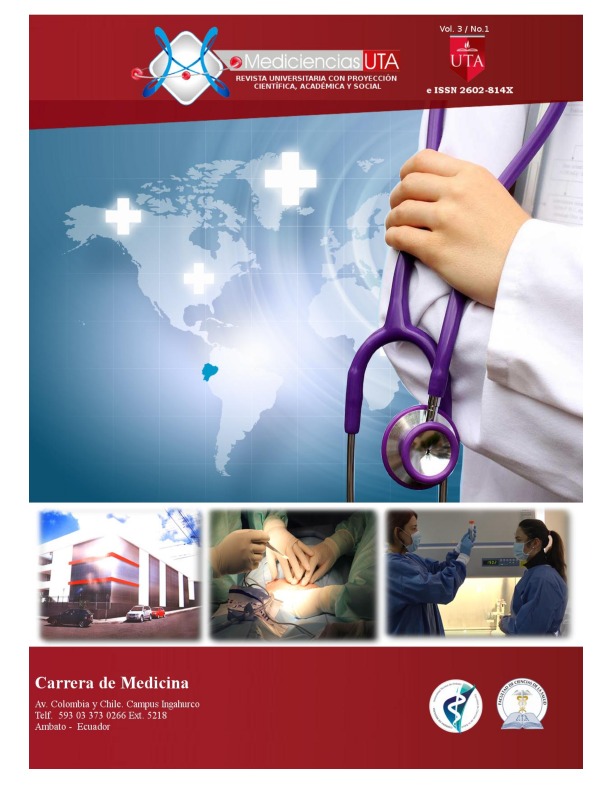Achondroplasia, risk factor in pregnancy
Main Article Content
Abstract
Introduction: Pregnancy in women with achondroplasia requires detailed attention in both the mother and the fetus, due to both functional and organic disorders that patients present.
Objectives: To describe a clinical case of achondroplasia in pregnant.
Material and methods: retrospective descriptive study, clinical case presentation.
Results: Describes the case of a Acondroplasic woman who entered the obstetrics service of the Regional teaching Hospital Ambato with a pregnancy of 20 weeks of gestation, spontaneous conception. The patient was followed up to term, solving the complications that arose during her pregnancy secondary to her condition, until she reached the planning of childbirth by Caesarea.
Conclusions: The main limitation of ultrasound for prenatal diagnosisof achondroplasia is that shortening of long bones may not be apparent before the third trimester of pregnancy. The identification of other anomalies like the hand in Trident or the nose in saddle depends on the experience of the examiner and the level ofclinical suspicion. The diagnosis of prenatal fetal achondroplasia is accurate when one or both parents suffer from achondroplasia. Surgical anesthetic behavior should be individualized. The airway approach duplicates the pre-existing risk of the obstetric patient.



